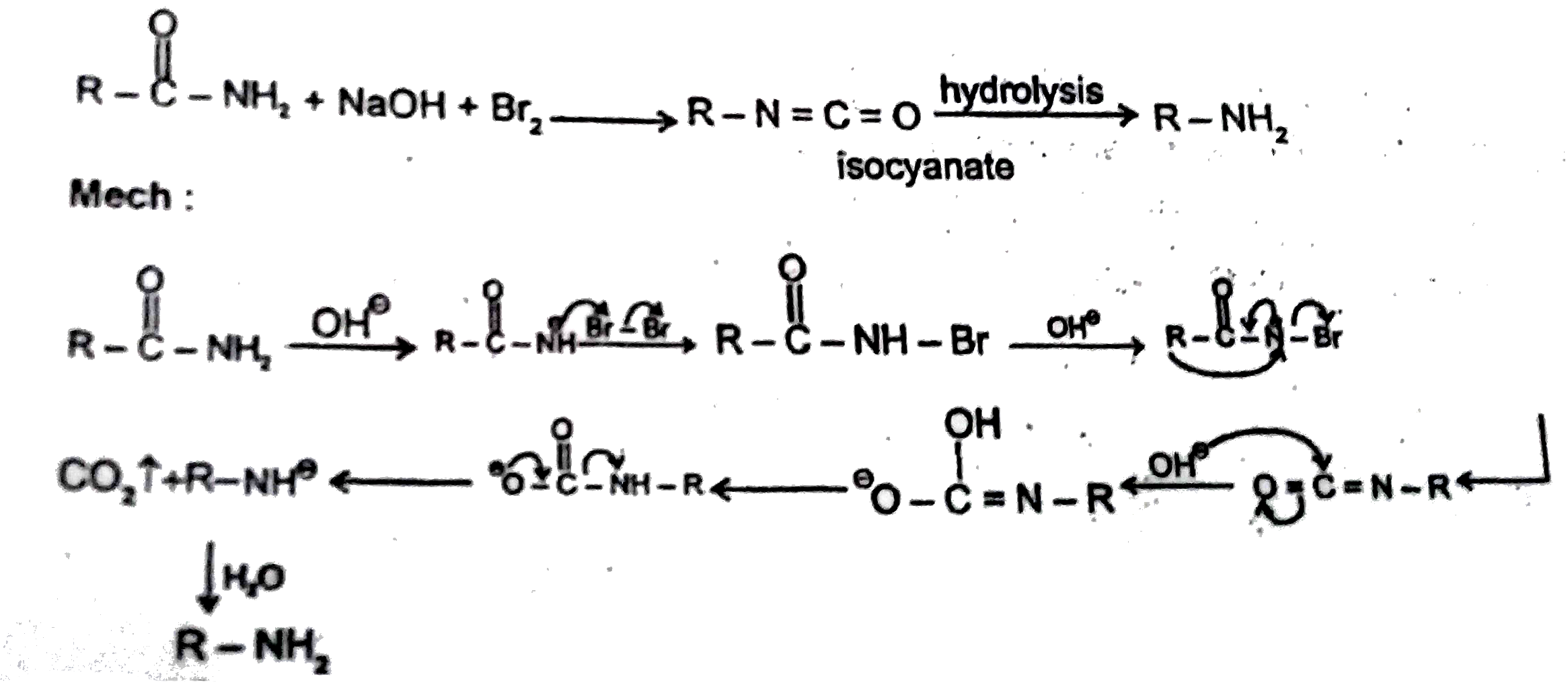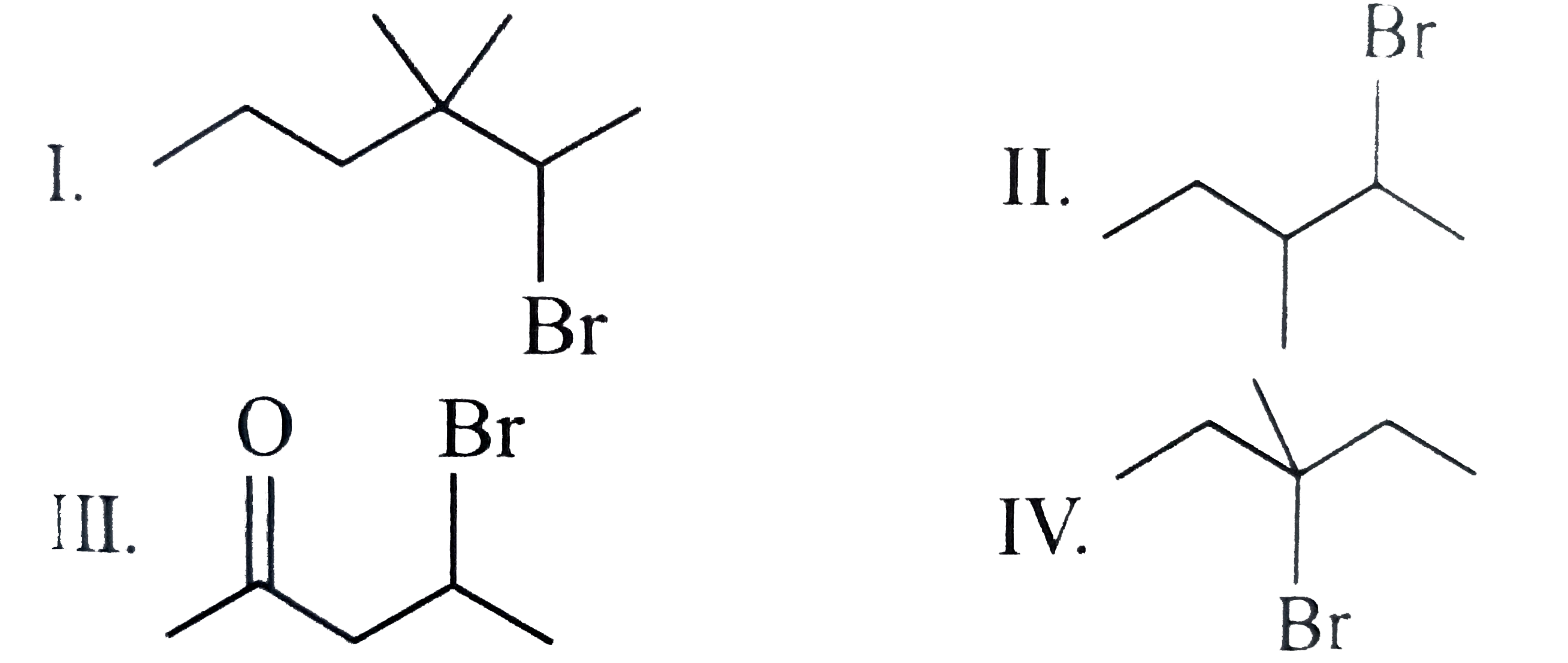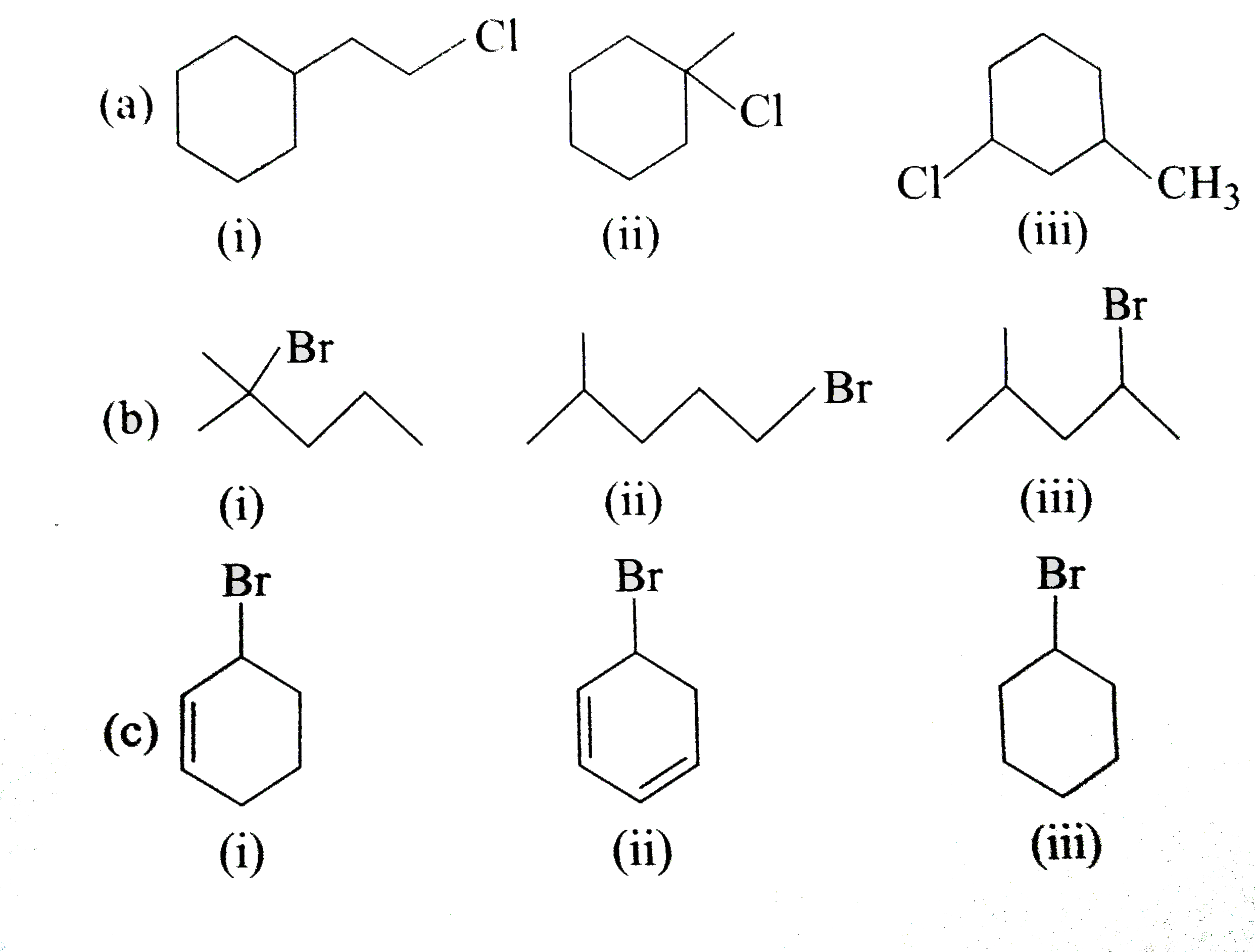Crown ether acts as phase transfer catalysis and increases SN2 reactivity.
They strongly complex cation and leave anion (nulceophile) with increased reactivity.
If both (A) and (R) are true, but (R) is the correct explanation of (A)
If both (A) and (R) are true, but (R) is not the correct explanation of (A).
If (A) is true but (R) is false.
If (A) is false but (R) is true.
The correct Answer is:A
Step by step video, text & image solution for Crown ether acts as phase transfer catalysis and increases SN^2 reactivity. They strongly complex cation and leave anion (nulceophile) with increased reactivity. by Chemistry experts to help you in doubts & scoring excellent marks in Class 11 exams.
Topper's Solved these Questions
- BOOK - CENGAGE CHEMISTRYCHAPTER - ORGANIC REACTION MECHANISMEXERCISE - Archives8videos
ORGANIC REACTION MECHANISM
- BOOK - CENGAGE CHEMISTRYCHAPTER - ORGANIC REACTION MECHANISMEXERCISE - True/False2videos
ORGANIC REACTION MECHANISM
- BOOK - CENGAGE CHEMISTRYCHAPTER - ORGANIC REACTION MECHANISMEXERCISE - Single correct50videos
ORGANIC REACTION MECHANISM
- BOOK - CENGAGE CHEMISTRYCHAPTER - NCERT BASED EXERCISEEXERCISE - Chemical Equilibrium72videos
NCERT BASED EXERCISE
- BOOK - CENGAGE CHEMISTRYCHAPTER - P-BLOCK GROUP 13 - BORON FAMILYEXERCISE - Exercise Archives (Subjecive)9videos
P-BLOCK GROUP 13 - BORON FAMILY
Similar Questions
Knowledge Check
- Question 1 - Select One
The increasing order of reactivity towards SN2 reactivity is
ACH3Cl>CH3Br>CH3CH2Cl>(CH3)2CHClBCH3Br>CH3Cl>(CH3)2CHCl>CH3CH2ClCCH3CH2Cl<(CH3)2CHCl<CH3Br<CH3ClD(CH3)2CHCl<CH3CH2Cl<CH3Cl<CH3Br - Question 2 - Select One
Hofmann rearrangement
In the Hoffmann rearrangement an unsubstituted amide is treated with sodium hydroxide and bromine to give a primary amine that has one carbon lesser than starting amide.
R−O∣∣C−NH2+NaOH+Br2→R−N=C=Oisocyanatehydrolysis−−−−−→R−NH2
Mech :

If the migrating group is chiral then its configuration is retained . Electron releasing effects in the migrating group increases reactivity of Hofmann rearrangement.
Arrange the following amides according to their relative reactivity when react with Br2 in excess of strong base
 AIVgtIgtIIgtIIIBIIgtIgtIIIgtIVCIIgtIVgtIIIgtIDIIgtIgtIVgtIII
AIVgtIgtIIgtIIIBIIgtIgtIIIgtIVCIIgtIVgtIIIgtIDIIgtIgtIVgtIII - Question 3 - Select One
The correct increasing order of reactivity of halides for SN2 reaction is
ACH3CH2X<(CH3)2CHX<CH2=CHCH2X<PhCH2XB(CH3)2CHX<CH3CH2X<CH2=CHCH2X<PhCH2XCPhCH2X<(CH3)2CHX<CH3CH2X<CH2=CHCH2XDCH2=CHCH2X<PhCH2X<(CH3)2CHX<CH3CH2X
Give reasons:
(a) n-Butyl bromide has higher boiling point than t-butyl bromide.
(b) Racemic mixture is optically inactive.
(c) The presence of nitro group (−NO2) at op positions increases the reactivity of haloarenes towards nucleophilic substitution reactions.View SolutionGive reason :
The presence of nitro group (−NO2) at o/p positions increases the reactivity of haloarenes towards nucleophilic substitution reactions.View SolutionGive reasons for the following
(a) The presence of −NO2 group at ortho or para position increases the reactivity of haloarenes towards nucleophilic substitution reactions .
(b) p-dichlorobenzene has higher melting point than of ortho or meta isomer .
(c) Thionyl chloride method is preferred for preparing alkyl chloride from alcohols.View SolutionWhat is the increasing oder of reactivity of the following in an E2 reaction with ethanolic KOH solution ?
 View Solution
View SolutionHofmann rearrangement
In the Hofmann rearrangement an unsubstitued amide is treated with sodium hydroxide and bromine to give a primary amine that has one carbon lesser than starting amide.
Gneral reaction:
If the migrating group is chiral then its configuration is retained. Electron releasing effects in the migrating group increase reactivity of Hofmann rearangement.
Arrange the following amides according to their relative reactivity when reacted with Br2 in excess of strong base:
 View Solution
View Solution



